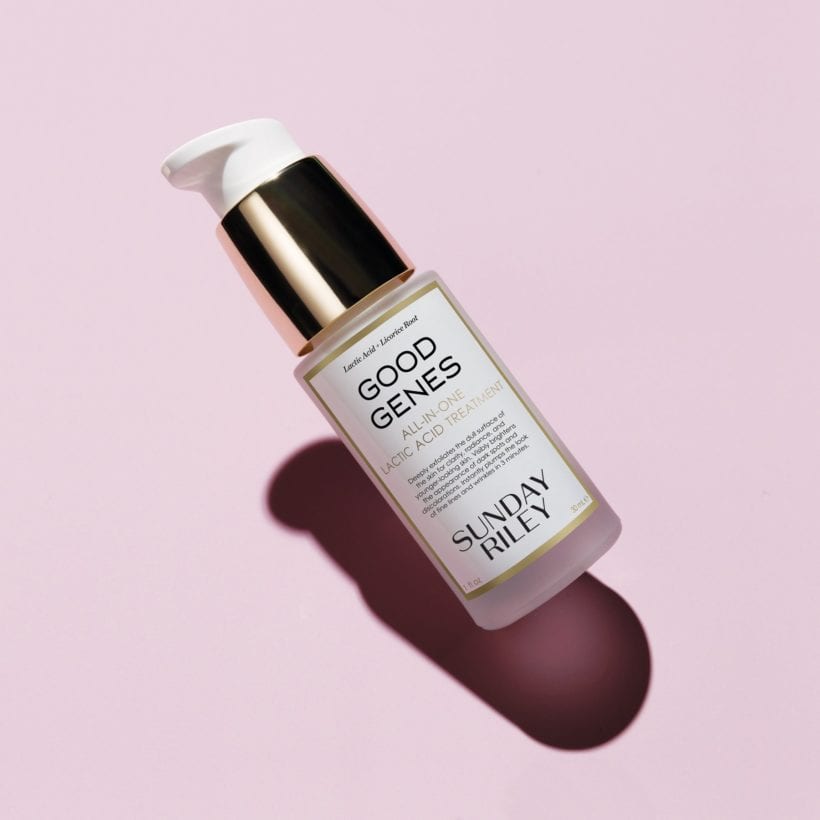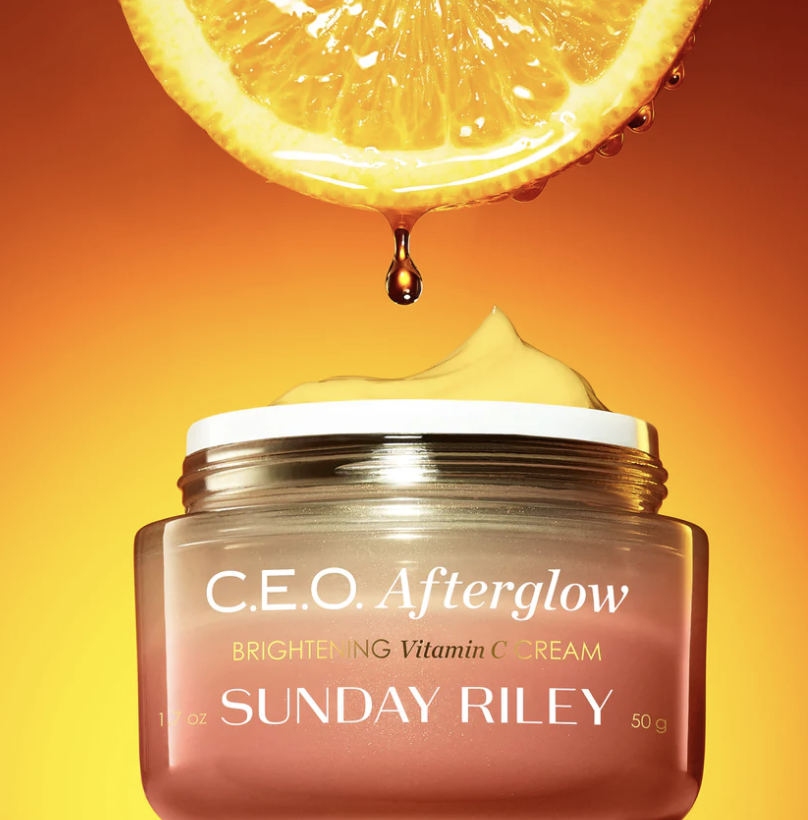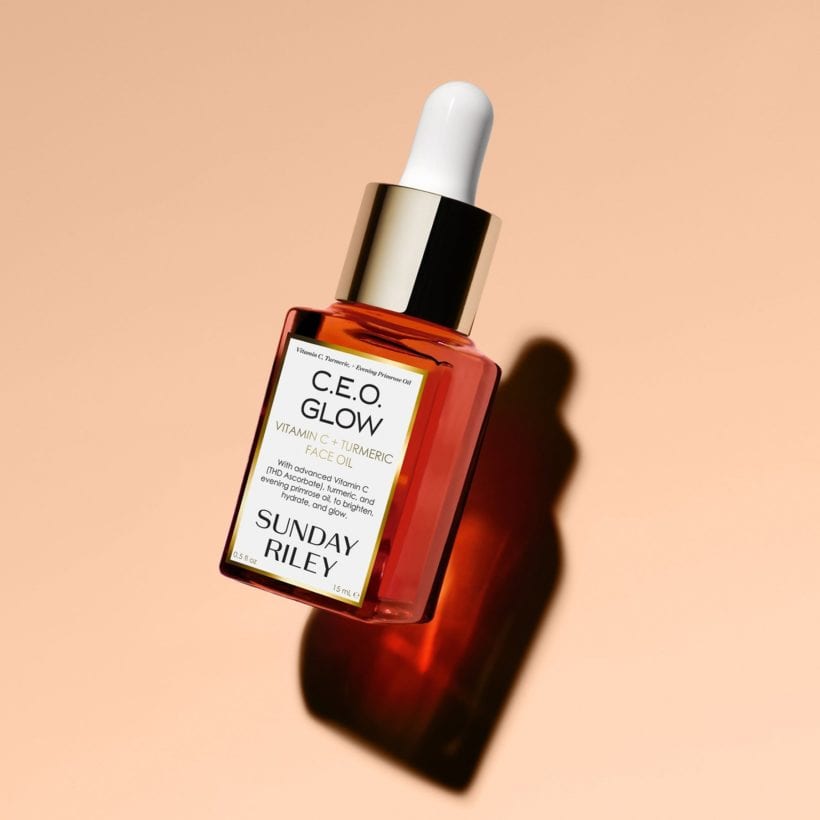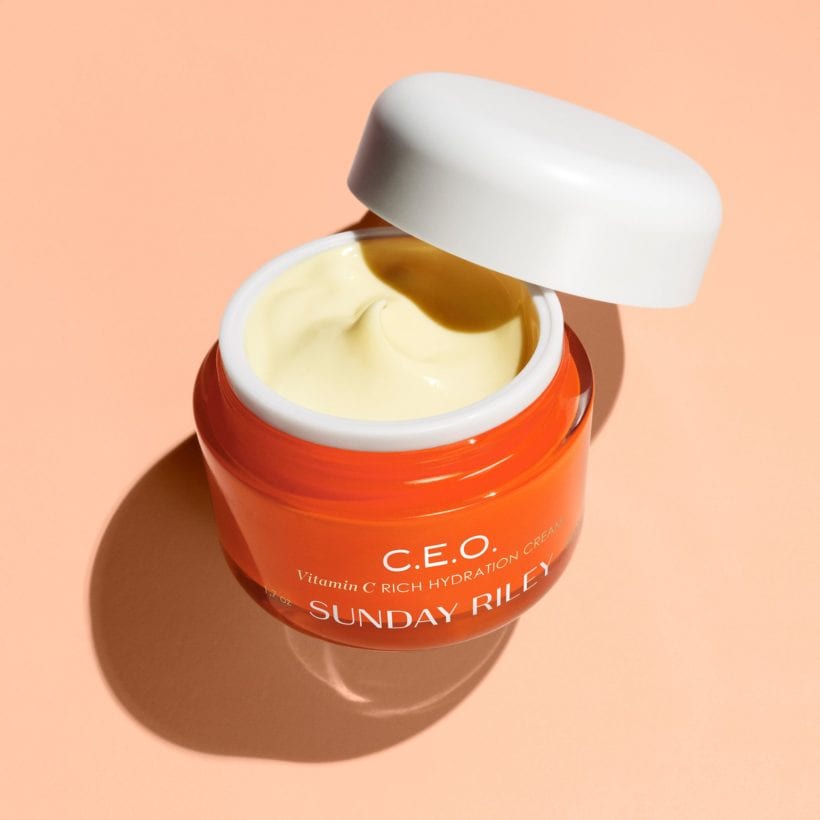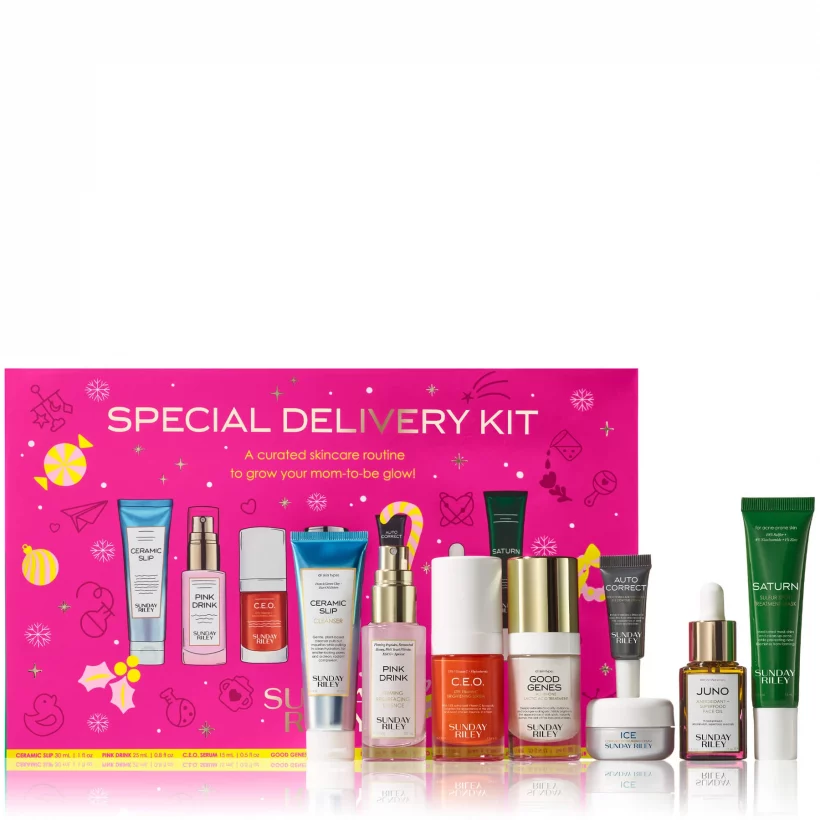If we’re being totally honest, the name of the pregnancy game is deprivation. For nine months, you have to be extra careful about the things you put in your body — caffeine should be limited (which is difficult considering your energy levels are at an all-time low), raw fish and unprocessed meat must be avoided, and wine with dinner is a no-no. While we hate to be the ones to tell you, your close monitoring isn’t quite over once your baby is born. While breastfeeding moms can finally give in to the bulk of their cravings, there’s still a level of conscientiousness that must be taken with the items they put on their bodies, namely their skincare. As it turns out, the adage “You are what you eat” can also apply to what you slather on your face and body.
As many lotions and cosmetics are engineered to be absorbed through layers of the skin — albeit great for achieving your most glowing complexion — the ingredients from these products could eventually creep their way into the bloodstream and ultimately reach the developing fetus or a mother’s milk. Think of it this way: Although a tad dramatic, technically, anything you put on your face can end up in your little one’s digestive tract. In fact, research has shown that chemicals used in personal care products can end up in umbilical cord blood (during pregnancy) and in infants (through breastfeeding). We tapped board-certified dermatologist Dr. Roberta Del Campo, who tells us, “in small incremental doses, the risk is low, but theoretically, skincare can be absorbed through the skin, into the blood, and finally, into breast milk.” And while small doses can have a lower risk associated, she explains, “in extreme cases, these chemicals can cause congenital disabilities and allergies [in breastfeeding babies].”

Now that we’ve established the importance of avoiding specific ingredients while breastfeeding, it’s important to note if you plan to breastfeed your baby long term, overhauling your skincare routine goes far beyond a single tube of moisturizer and a sample-size sunscreen. Jennifer Ritchie, internationally board-certified lactation consultant (IBCLC) and author of The Smart Parents Guide to Breastfeeding, tells us mothers should expect to breastfeed for up to one year. That’s at least 12 months of reading labels and overall being more conscious of what you put on your skin.
To help you navigate what is already a stressful time and clean up your skincare routine in a dizzying world of product offerings, here are some common skincare ingredient culprits to avoid and the safe alternatives to use instead.
Swap Retinol, Retinoids, and Vitamin A for Peptides
Retinoids and retinol are derivatives of vitamin A, and they’re available in different concentrations of the active ingredient retinoic acid. The three are commonly used in skincare to treat large pores and acne concerns to hyperpigmentation and acne. During breastfeeding, Dr. Del Campo says, “high doses of vitamin A can cause swelling of the brain, growth problems and vision problems [in newborns].”
However, if you’re looking to keep a bouncy complexion without the risk (Who isn’t?), she explains, “peptides help stimulate collagen and elastin and are a safe alternative to retinoids.”
Swap Salicylic Acid for Lactic Acid
Salicylic acid, which is a beta hydroxy acid, is a potent ingredient for targeting acne, especially for banishing blackheads and whiteheads. It could be especially tempting to reach for the BHAs right now, as Dr. Del Campo mentions a woman’s skin can change during pregnancy and become more prone to breakouts.
As long as the baby is not coming into contact with the ingredient via the skin or orally then it should be fine (do not use any products with salicylic acid on your chest if breastfeeding as it poses a risk of the baby coming directly into contact with it). She warns, “salicylic acid can be very dangerous for babies at high levels and can lead to Reye’s Syndrome, an acute condition that causes swelling of the brain and liver.” She adds, “signs include vomiting, diarrhea, rapid breathing, and irritability.” And don’t even consider doing professional in-office facial peels till you’re done with breastfeeding.
If you are experiencing post-pregnancy acne, instead, she recommends using lactic acid as a safe alternative. She says, “it’s a mild alpha-hydroxy acid that can be used in place of salicylic acid for acne-prone skin and to create a gentle exfoliation.”
Swap Hydroquinone for Zinc and Alpha Arbutin
Hydroquinone is a commonly used skin-bleaching agent used in skincare products to lighten pigmentation such as freckles, melasma, age spots, and acne scars. Although it is often used in skincare products stateside, it’s actually banned in Europe, Japan, Rwanda and Australia. Dr. Del Campo explains that while common in skincare, “it’s a strong chemical that can be transferred to breast milk and lead to developmental abnormalities in fetuses.” She adds, “in newborns, hydroquinone can lead to discoloration in the skin, teeth, and mucous membranes.” Try to find beauty products like a moisturizer with alpha arbutin – it’s a relative of hydroquinone that effectively brightens the appearance of dark spots and discolorations.
And don’t forget about sun protection, you may incorporate ingredients like zinc and titanium dioxide as a preventative. She tells us, “these are used for sun protection and are much safer than chemical-based sunscreens.”
Swap Clindamycin for Vitamin C
Topical clindamycin is an antibiotic commonly used in popular skincare products to treat inflammatory acne, and Dr. Del Campo recommends avoiding it altogether while breastfeeding unless prescribed by a doctor. “Even topical applications of clindamycin can be absorbed through the skin into the blood and breast milk and can lead to allergies such as anaphylaxis and rashes. Further,” she says, “it can negate healthy bacteria in the newborn’s digestive tract, and cause joint problems and teeth abnormalities.”
If you’re working with inflammatory acne, consider incorporating vitamin C into your skincare routine as an alternative to clindamycin. It’s a powerful antioxidant known for fighting free radical damage to skin cells and reducing acne-induced inflammation. Dr. Del Campo says, “vitamin C is most effective when used every morning.”
Ditch Formaldehyde For Good
Dr. Del Campo says, “formaldehyde can be found in skincare, nail polish, hair products and is a very strong, dangerous chemical.” She warns that “high amounts of it can lead to cancer, but even smaller bouts of exposure can lead to eye, skin, throat, and lung irritation.” Overall, it’s a good practice to cut this potentially toxic ingredient from your vanity whether you’re breastfeeding or not.
We only recommend products we have independently researched, tested, and loved. If you purchase a product found through our links, Sunday Edit may earn an affiliate commission.


